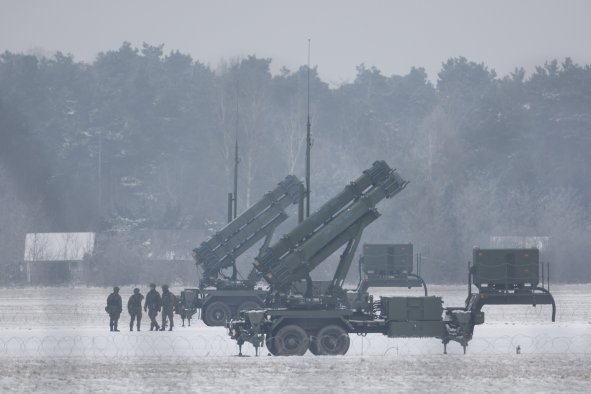Morocco has an ambitious strategy to enhance its high-speed rail network by 2040, positioning it to extend its lead as Africa's leader in rail.
The country already has Africa's only operational high-speed rail line, and its transport agency, the Office National des Chemins de Fer (ONCF) intends to expand the network from 200 miles of high-speed rail to 800 miles in the next 16 years.
The plan, known as the ONCF 2040 Rail Strategy, aims to connect major cities, modernize conventional rail services, and foster economic development across the country.
The cornerstone of the 2040 strategy is the extension of the Al Boraq high-speed line, currently running between Tangier and Casablanca. Opened in 2018, this 200-mile route is Africa's only operational high-speed rail line. The journey takes only two hours; it took five hours by conventional rail.
Morocco's King Mohammed VI, Africa's richest monarch, is extremely ambitious to see the development of rail in the North African nation. In a 2015 speech, he said, "One of my ambitions is to see a rail link between Tangier [in Morocco's North] and Lagouira to connect Morocco with the rest of Africa. I pray that Almighty God assist us in securing the funds we need today to complete the Marrakech-Lagouira line."
Lagouira is the southernmost town in Western Sahara, a disputed territory Morocco claims, and calls its Southern Provinces.
The next step in ONCF's plan is to expand the line north of Casablanca to Kenitra, and southward to Marrakesh by 2030 ahead of the 2030 Football World Cup, which Morocco will co-host with Portugal and Spain. It tendered for this part of the project in March.
It then plans to further expand the network in the following years to several other cities spanning over 800 miles in total. This expansion is expected to significantly reduce travel times between Morocco's major cities and enhance connectivity.
Additionally, the ONCF aims to add 2,300 miles of additional rail lines, linking 43 cities instead of the current 23. The authorities estimate that 87 percent of the national population, compared with 51 percent today, will benefit from this modernized network. In addition, 12 ports and 15 international airports will be served, compared with 6 and 1 respectively at present.
It estimates the project will create 300,000 jobs.
Economic development is a significant component of the 2040 Rail Strategy. By improving rail connectivity, the ONCF hopes to spur regional development and trade. The high-speed rail line is expected to foster new business opportunities and facilitate the movement of goods, positioning Morocco as a logistics hub between Europe and Africa.
Meanwhile, the transport authorities in Spain and Morocco have been in high-level discussions about a plan to build an ambitious underwater rail tunnel connecting Europe and Africa across the Strait of Gibraltar.
Disclaimer: The copyright of this article belongs to the original author. Reposting this article is solely for the purpose of information dissemination and does not constitute any investment advice. If there is any infringement, please contact us immediately. We will make corrections or deletions as necessary. Thank you.



